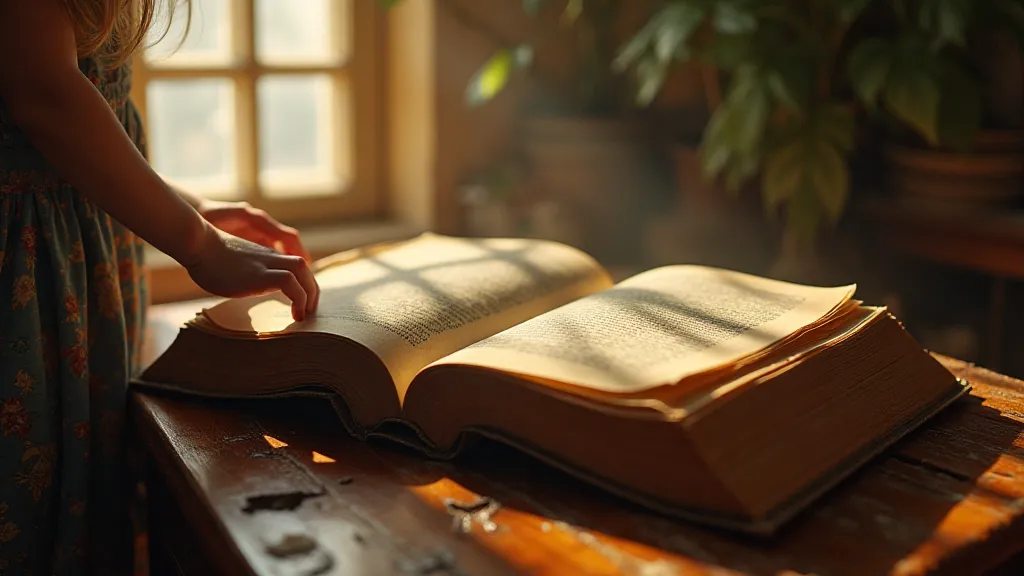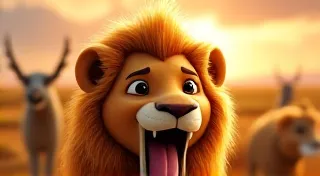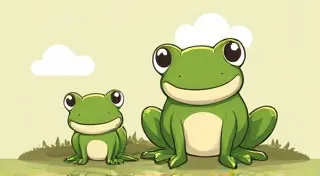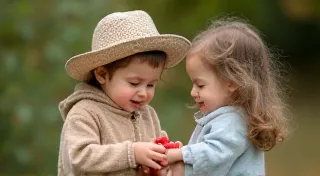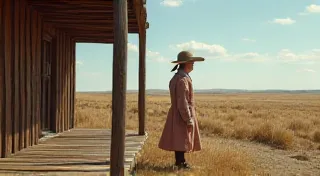The Echo of Lost Laughter: How Nostalgia Shapes Contemporary Children’s Storytelling
There’s a peculiar magic to holding a vintage children’s book. It’s not just the physical object – the worn cover, the brittle pages – but the palpable sense of time held within. It’s a whispered promise of forgotten laughter, of stories once cherished by children long gone. It’s the faint, elusive scent of paper and glue that evokes a feeling of simpler times, of cozy evenings nestled under a warm blanket, transported to fantastical worlds. I remember the first time I felt that connection: it was a copy of The Bobbsy Twins, found tucked away in my grandmother’s attic. The illustrations, though faded, possessed a charm that modern art often lacks; the story, though simple, felt profound in its earnestness. It was a portal, not just to a different story, but to a different era of childhood.
Beyond mere sentimentality, though, this fascination with the past is more than a wistful longing for what we’re told was a “better time.” It’s a deep current that shapes the very narratives we create for young readers today. Contemporary children's literature doesn’t exist in a vacuum; it’s built upon the foundations laid by generations of storytellers. The echoes of those past literary landscapes are pervasive, often unconscious, influencing themes, character archetypes, and even the way we approach narrative structure. It’s a constant conversation across time, a reinterpretation of legacies that continues to evolve.
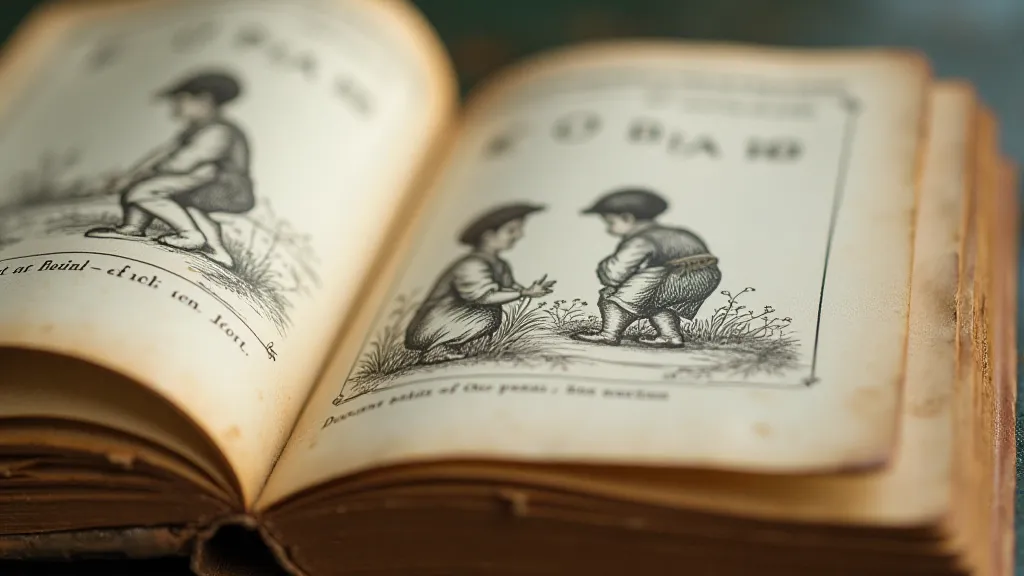
The Ghosts of Golden Ages
Consider the enduring popularity of fairy tales. While Disney’s animated versions introduced them to a wider audience, the underlying stories were first penned and passed down through oral tradition, meticulously recorded and adapted by authors like the Brothers Grimm and Hans Christian Andersen. Modern retellings, from Kate DiCamillo’s Grace and the Fairy Tale Princess to Neil Gaiman’s Hansel and Gretel, don’t simply regurgitate the originals. They reimagine them, stripping away some of the darker elements, exploring nuanced themes of family and identity, or subverting traditional tropes to address contemporary concerns. They acknowledge the original – the weight of tradition – while simultaneously seeking to make the stories relevant and accessible to a new generation.
The same principle applies to series like The Boxcar Children, a seemingly straightforward adventure story that has captivated readers for generations. While the contemporary series updates the setting and characters to reflect modern sensibilities, the core narrative – the resourceful siblings making a home for themselves – retains the enduring appeal of self-reliance and family bonds that resonated with readers decades ago. We see this echoed in the recent surge of "cozy fantasy" and middle-grade novels that prioritize warmth, community, and gentle adventures, harkening back to the quieter, more introspective narratives of earlier eras.
Craftsmanship and the Art of Storytelling
It’s easy to overlook the craftsmanship that went into creating these vintage books. In an age of mass-produced content, we often forget the meticulous process of typesetting, illustration, and binding that characterized earlier publishing. Think of the exquisitely detailed illustrations found in Alice's Adventures in Wonderland, or the charming, stylized depictions of children in Little Women. These weren’t simply drawings; they were carefully considered pieces of art, designed to enhance the reading experience and to contribute to the overall aesthetic of the book. The quality of the paper, the font choices, even the color of the cover – all these elements were thoughtfully selected to create a cohesive and captivating whole.
The scarcity of these early editions, too, adds to their allure. Many were printed in limited quantities, and few have survived the ravages of time. The delicate nature of these artifacts necessitates careful handling and preservation. Collectors often take great pains to protect their vintage books, using archival-quality sleeves and storing them in climate-controlled environments. There’s a certain respect, a reverence, for these objects that transcends their monetary value. Restoring a vintage book is not about making it look new; it's about stabilizing its condition and preserving its historical integrity. A skilled bookbinder understands the nuances of paper repair and binding techniques, striving to minimize intervention while ensuring the book’s longevity.
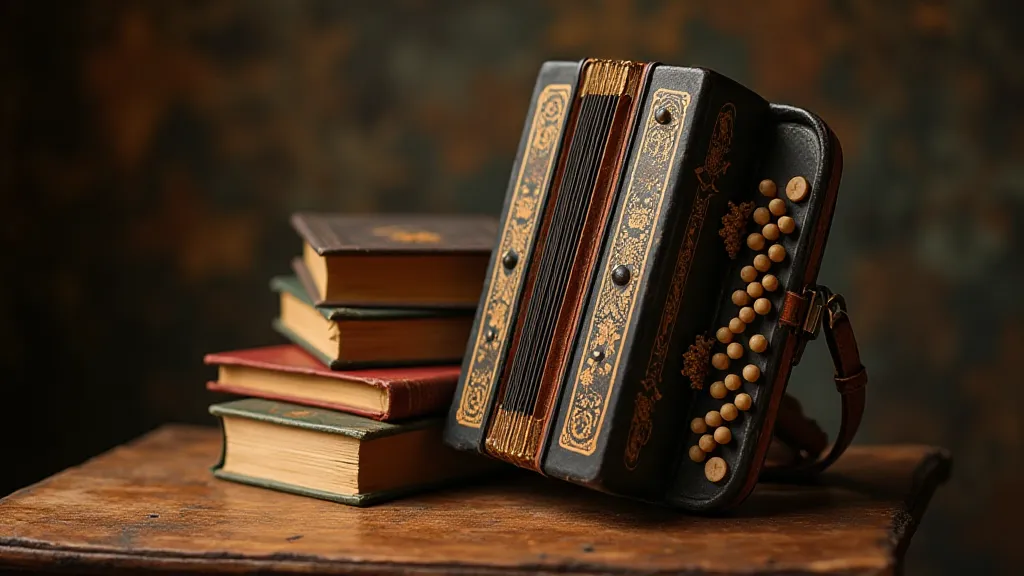
Reimagining the Archetypes
Perhaps most subtly, contemporary children’s literature is influenced by the archetypes that populate vintage books. The brave knight, the clever princess, the mischievous sprite – these characters have endured for centuries, undergoing countless reinterpretations. But the underlying structures remain, providing a familiar framework for storytelling. However, modern authors are increasingly challenging these traditional roles. The princess might be a skilled inventor, the knight might question the validity of chivalry, and the sprite might be grappling with complex emotions.
This isn't a rejection of the past, but an evolution. Authors like Angie Thomas, with her powerful novel The Hate U Give, and Jacqueline Woodson, with her moving portrayal of childhood in Brown Girl Dreaming, are offering nuanced and often challenging perspectives on issues of race, identity, and social justice. While the core structure of the narrative might draw from classic storytelling tropes, the content is undeniably contemporary, reflecting the concerns and aspirations of a new generation.
The Echo Continues
The fascination with vintage children's literature isn’t merely a passing trend. It's a testament to the enduring power of storytelling and the importance of connecting with the past. These old books aren’t just relics of a bygone era; they’re living documents that continue to shape the narratives we create today. They remind us that stories have the power to transport us to other worlds, to teach us valuable lessons, and to connect us to one another across time and space. The scent of those brittle pages, the faded ink of forgotten tales, the gentle weight of history – these are the echoes that resonate in the laughter of children, and the stories we tell them.
